There is, perhaps, no more beautiful a background to a rom-com than a tropical island. Hawaii is synonymous with paradise, but it is also an idea surrounded by a slew of misconceptions and myths popularized by the media.
The 2015 film Aloha did its fair share of perpetuating some of these stereotypes. The story follows Bradley Cooper's Brian Gilcrest, a contractor with the U.S. Air Force, during his visit to Hawaii, where he is responsible for using his connections with the native community to get their permission to break ground for a space center on the site of an ancient Hawaiian burial ground. The film tried to capture the true Hawaiian experience, but there were some swings and misses. Read about them below.
10 Emma Stone As A Quarter Hawaiian

One of the running jokes in the film is that Captain Ng, played by Emma Stone, takes every opportunity to mention to anyone who will listen that she is a quarter native Hawaiian. Of course, the funniest part about it is watching a blonde-haired, green-eyed Stone trying to pass as native. Her investment in the Hawaiian community conveniently becomes an important factor in the main character's moral dilemma.
She mentions that she is also a quarter Chinese as well as half Swedish. This is not to discredit the experiences of light-haired, light-eyed people of Hawaiian or Chinese descent, but Stone is neither of these. This was an unfortunate casting choice, even by 2015 standards, considering the number of talented native actors who could have been featured instead.
9 Hotel Royal Aloha

For Gilcrest's visit to the island, and Captain Ng's watchful eye, the Air Force puts them up in adjacent rooms at the Hotel Royal Aloha. The establishment, though, looks more like a motel with the outdoor hallways and only two stories.
Even a tourist who has taken a walk through Waikiki would know that cheap, rundown hotels are hard to find in Hawaii, where tourism is the state's biggest industry. There is even a federally owned hotel, the Hale Koa, dedicated to housing current and retired military members and their families where most out-of-state military workers would stay. The building used to shoot the outside of the hotel was most likely an apartment building.
8 Mana
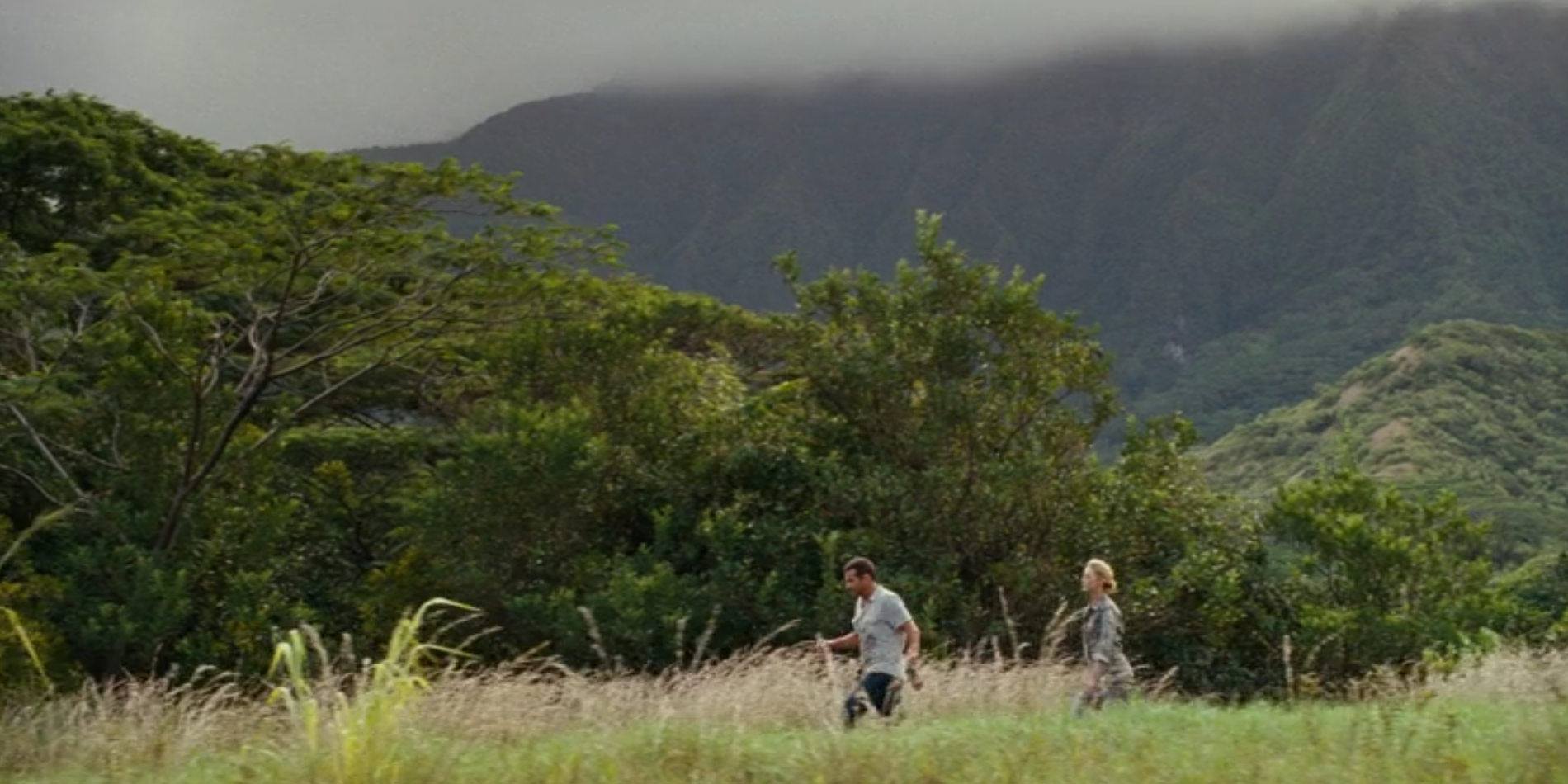
As they make their way up the mountain in Waimanalo, Ng tells Gilcrest that the environment has a lot of "mana." She begins to explain, but Gilcrest interrupts her, stating that he knows what it means: "power and spirit." This is only partially true, and anyone who had heard about mana would know that this is an incomplete description.
The concept of mana has its roots in the traditional Hawaiian religion, which was outlawed when European missionaries arrived in the 1700s. Pre-contact, mana was the celestial power that objects and people had in relation to others. The amount of mana someone or something had was used to determine its sacredness. The resulting kapu system governed every aspect of Hawaiian life.
7 Hula
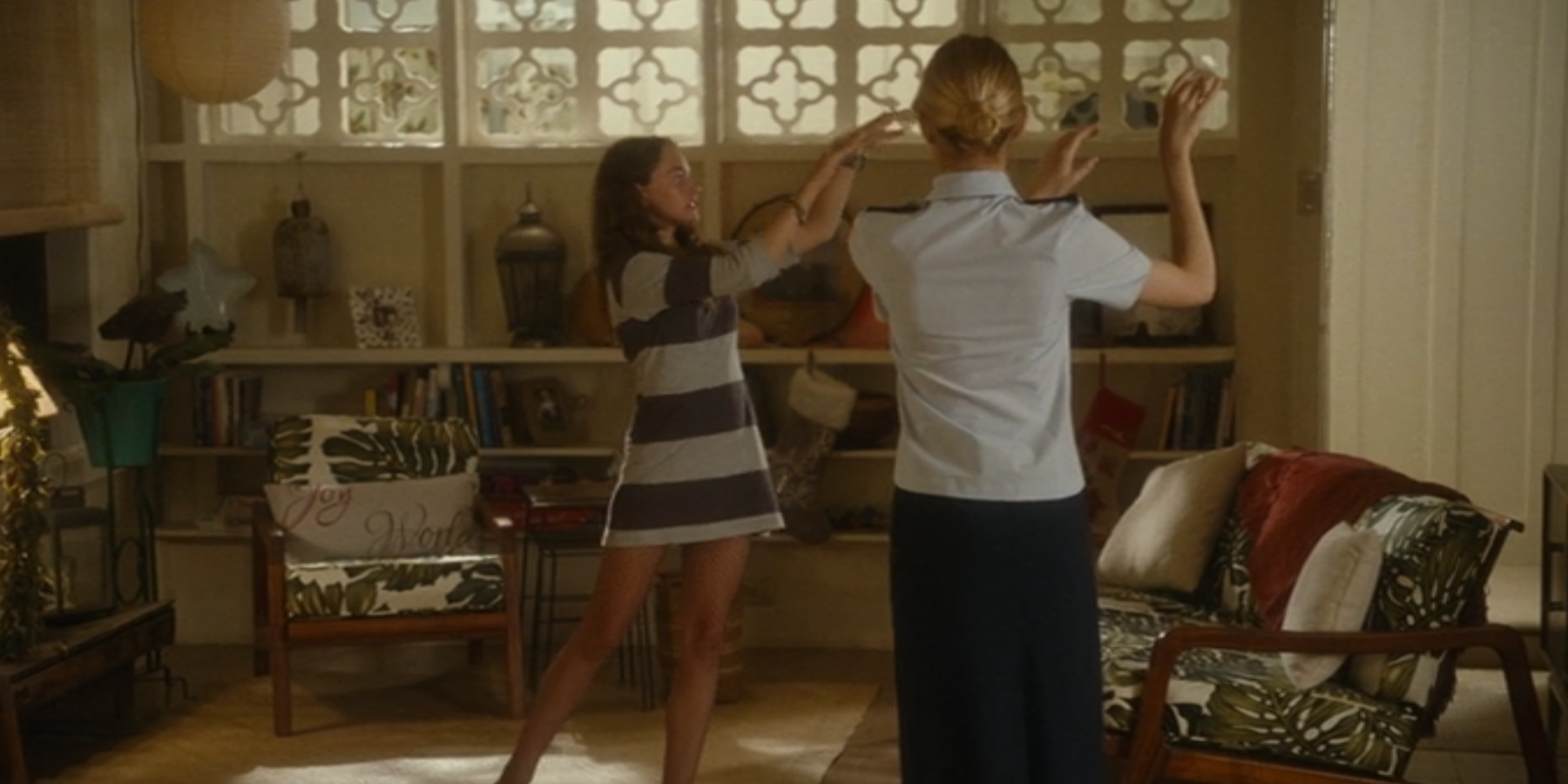
Hula seems to be a staple in movies that take place in Hawaii or mention Hawaii in any way, but the art is not nearly as widespread as these films may imply. It was commonly practiced by native Hawaiians before European contact, but, like many aspects of Hawaiian tradition, the dance was considered indecent, godless, and impure, and it was nearly wiped out.
By the 1950s, about a century later, mainland corporations who owned hotels on the islands used images of hula dancers and beautiful native women to entice tourists to visit the islands. It wasn't until the Hawaiian Renaissance in the 1970s that native Hawaiians made huge strides toward taking hula back for their culture.
6 Speaking Hawaiian
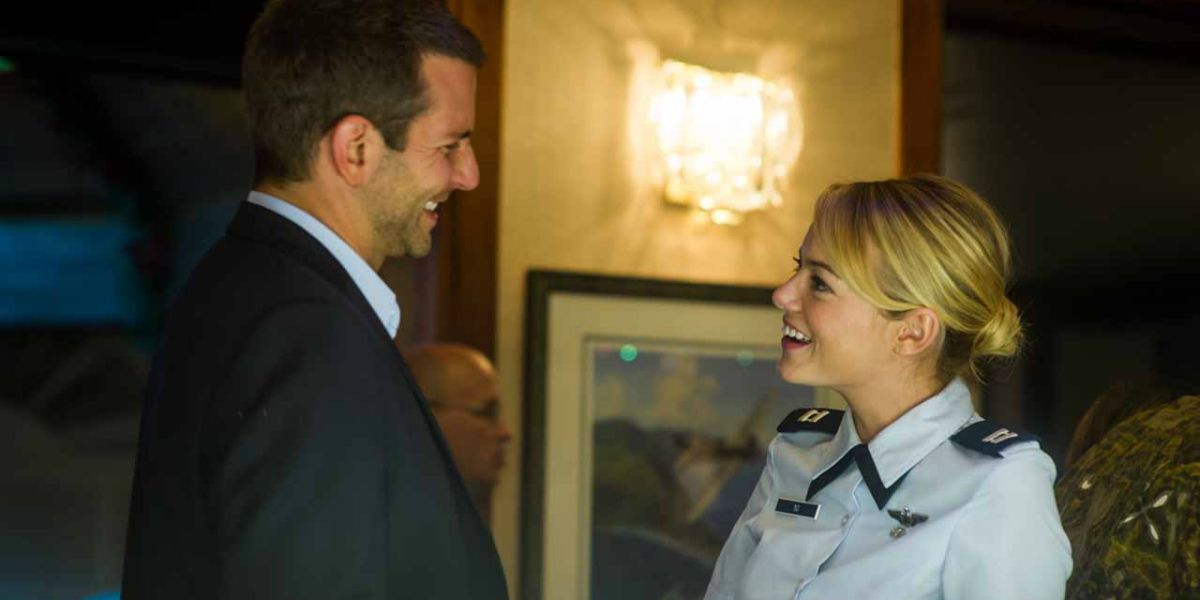
Gilcrest's character is written to sound knowledgeable about Hawaiian culture despite having no apparent background there. The Hawaiian language, unlike the Spanish language or language of Mandarin, is only spoken in one tiny part of the world: Hawaii. It can't be picked up anywhere else.
When Gilcrest knows what "mana" means or says things like "not every noelani is a puka lani," while it certainly made an impression on Captain Ng, he makes it painfully obvious that these lines were only written in the film to make the character seem impressive.
5 Mispronunciations
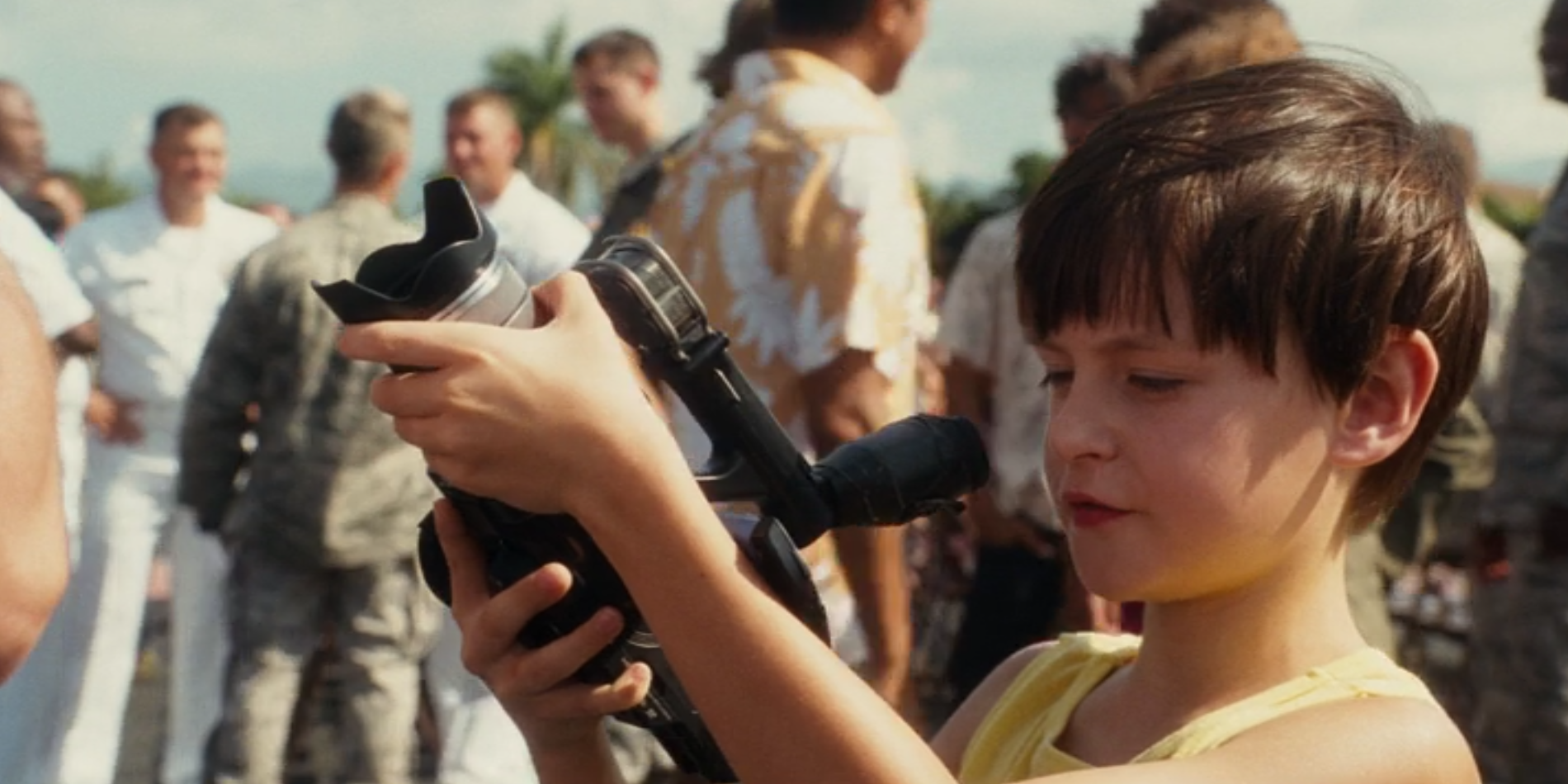
At one point, Gilcrest talks about making contact with officials at Kay-na Point, which is really Kaʻena (kah-eh-nah) Point. Even Mitchell, who is described by his mother Tracy (Rachel McAdams) as being a Hawaiian myth buff, pronounces Pele (peh-leh) as Pay-lay on a couple of occasions.
The constant butchering of Hawaiian words also adds to cracking the illusion that the characters know the language and have spent time immersed in the culture. The Hawaiian language has a few vowel sounds that English speakers would be unaccustomed to, but the mispronunciations that slipped through in the film represent a lack of attention to accuracy.
4 Conch Shell
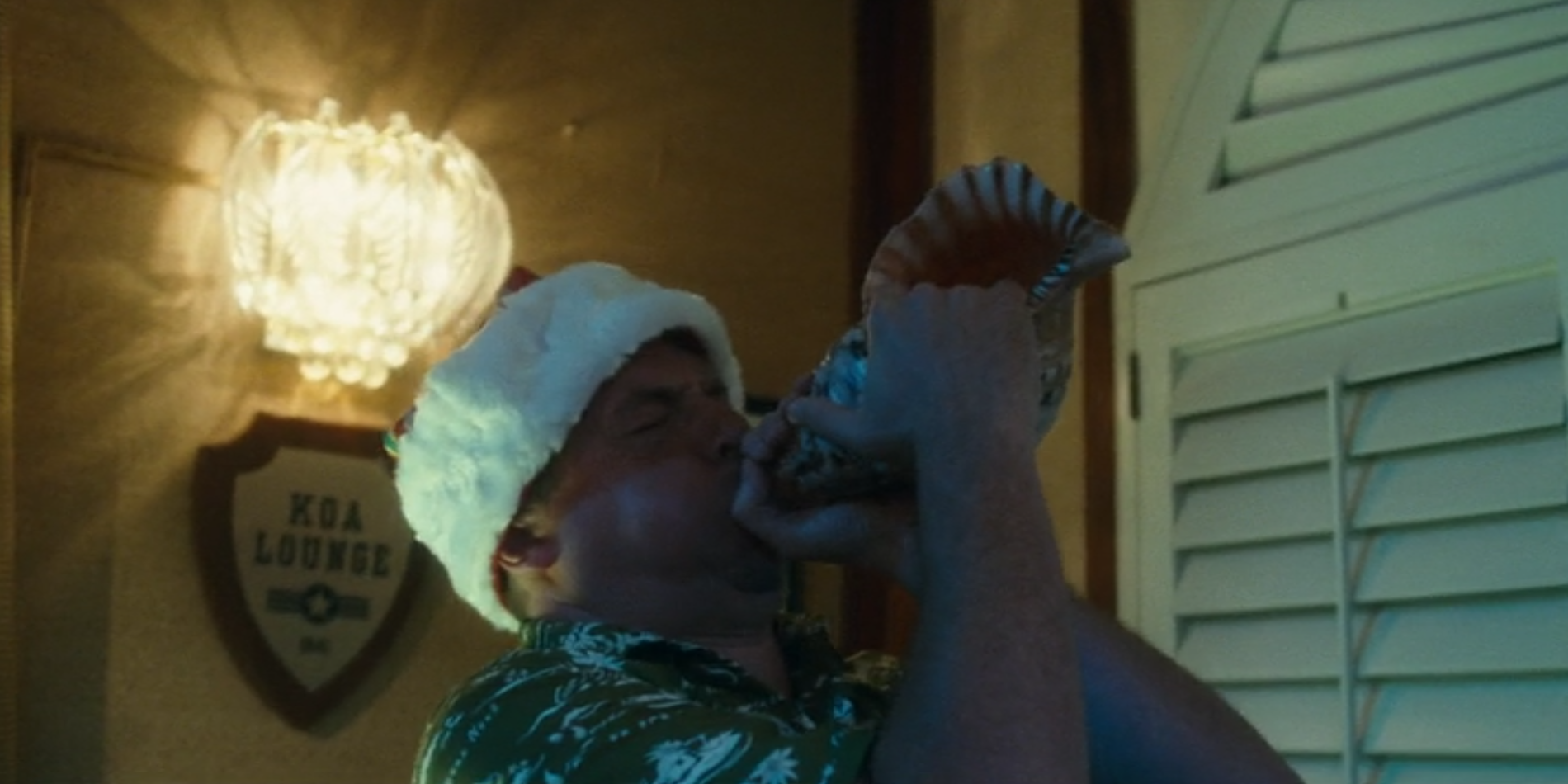
During the Christmas party that takes place at the Air Force base, almost all of the characters are gathered to celebrate. In the middle of the party, the deejay blows a conch shell in the middle of Hall & Oates' I Can't Go For That.
Prior to the introduction of Western technology to the islands, natives would use the conch shells to communicate with each other from across the land. They are now used for ceremonial purposes and are often blown to mark the beginning of an event, such as a luau or a hula performance, as a call to the gods. It is not simply akin to a noisemaker at a New Year's Eve party but is traditionally symbolic of beginning.
3 License Plates

Based on all of the landmarks given in dialogue and on-screen, the film takes place on the island of Oahu. One little thing in the film that might go over even a few locals' heads can be found in the license plates of Ng's car. The plates are in the standard format for Hawaii plates, three letters followed by three numbers, but as she drives away in one scene, the shot clearly shows that the first group of characters starts with the letter M.
The Hawaii DMV distributes the license plates for new cars sequentially, but since Honolulu county, which covers Oahu, is so much more densely populated than the other counties, most of the plate numbers are afforded to Honolulu, where the film takes place. Numbers that begin with the letter K are reserved for cars sold in Kauai county, while those that begin with M, like Ng's, are for Maui county.
2 The Title: Aloha
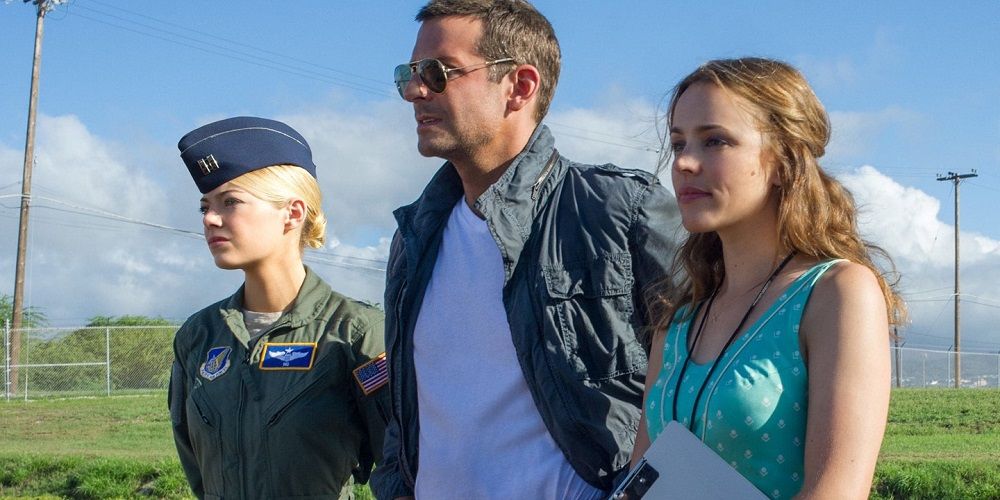
In conversations among the native Hawaiian community around the time of the film's release, among other issues, the title "Aloha" was a point of contention. To his credit, writer and director Cameron Crowe appears to have made an effort to pay tribute to the Hawaiian culture, but this was a significant oversight.
Despite its popularity in the media and among tourists and hotels, the word "aloha," in traditional Hawaiian culture, did not simply mean "love," nor did it mean "hello" and "goodbye," as American interpretations assumed. It was a word that meant something deeper than that; it was used to honor the profound and unconditional love that came only from family. The word is considered sacred to the culture, and the film's use of it is nothing short of exploitation.
1 A Foreigner Respects The Sanctity Of The Land
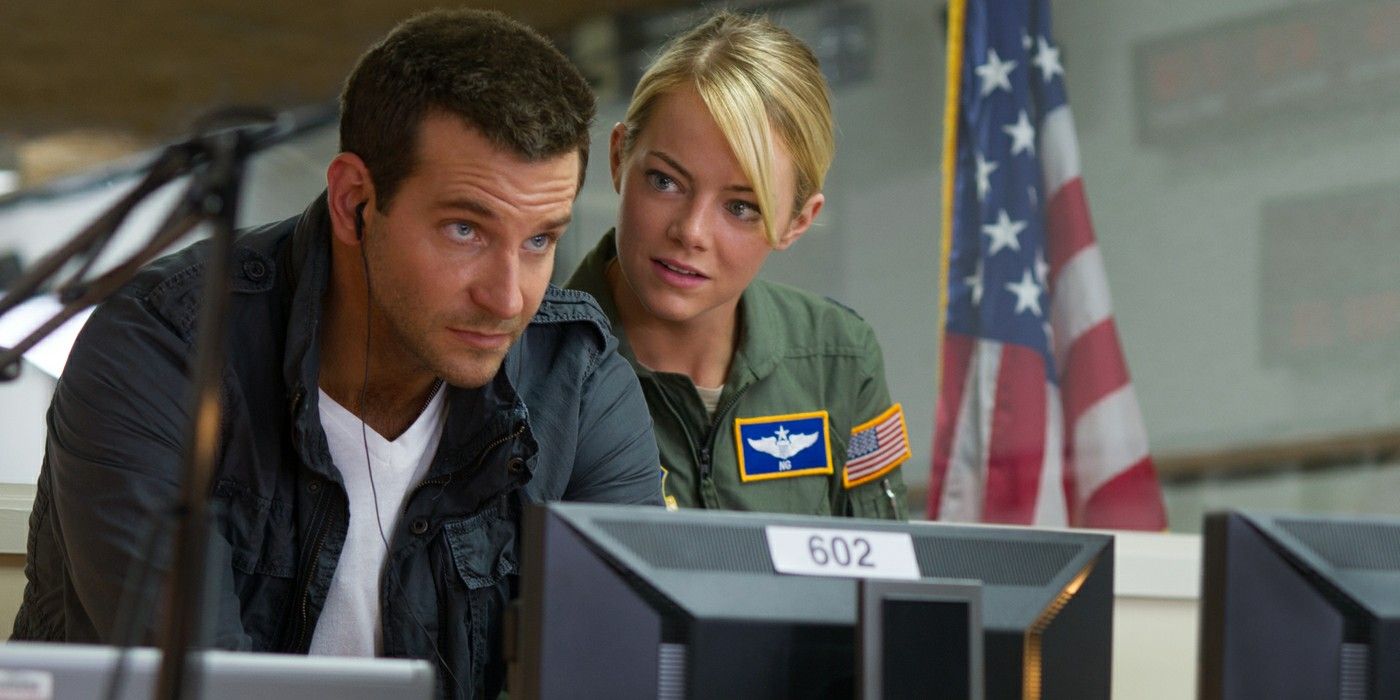
By far, the most unrealistic thing about this film is that Gilcrest, a foreigner with no regard for the land, sky, or anything Hawaiians hold sacred, has a change of heart. He sabotages the launch and destroys the weapons that would have been orbiting above the islands.
Native Hawaiians have been fighting to keep their own land since Europeans first "discovered" it 200 years ago. Whether it be for money, science, or national defense, they have resisted every foreign encroachment on their home, to little avail. Nobody knows better than they do that their land, their ancestor's graves, and every sacred place or object are not revered with any sanctity by Americans. The film's depiction of Gilcrest's eventual compassion toward the Hawaiian community is its ultimate inaccuracy.
from ScreenRant - Feed https://ift.tt/33FhCcM





No comments: